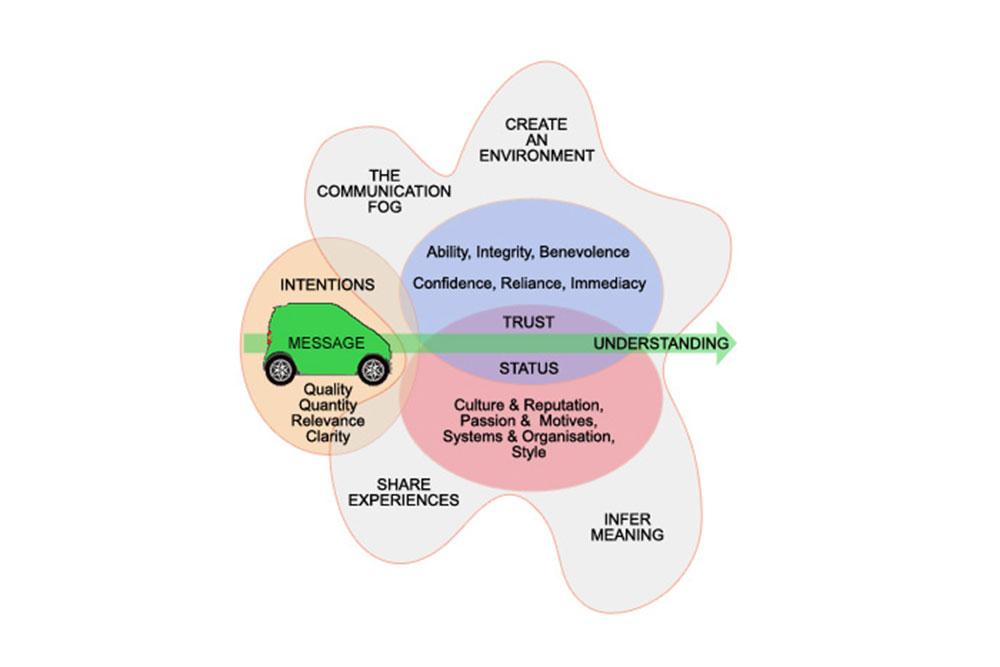The first thing to do is form your message so that it is simple and clear.
How artistic and memorable you feel your writing skills are, unfortunately after a few minutes, your reader will have forgotten most of it.
The one thing thing they will remember is the intention behind the message.
What I mean by that is where you might see an article with a headline like 'Seven reasons why you need this petrol additive...' where the intention is: I'm going to give you seven reasons why.
After reading the article, you will remember there were seven reasons, but you would fail to itemise them!
If you've seen the film 'Inception', where Leonardo DiCaprio plays a thief who steals information from someone's mind while they're asleep, then your content must do the same by using the intentions to embed your message to make it coherent and memorable.
The content doesn't actually matter if the reader understands the message.























